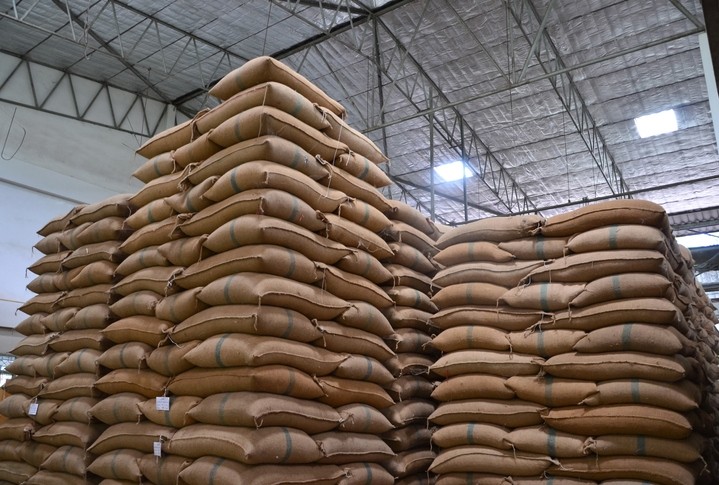Politics remains a major driver of oilseeds prices, note analysts

The Chinese have resumed buying US soybeans but much more is needed to make up for the sluggish US exports since the beginning of the season, said the team.
“The world needs to see China purchasing at least 10MT of US soybeans if prices stand a chance of a recovery,” added the UK based agri-commodity analysts.
In its December WASDE report, the US Department of Agriculture (USDA) increased its expectations for global soybean stocks to 115MT, some +30MT since is first estimate.
Rapeseed trend
Meanwhile, rapeseed continues to price cheaply in order to find demand on the continent amid a swirling sea of soybeans, according to the review.
Despite this, rapeseed fundamentals remain bullish and prices have little reason to fall sharply.
Black Sea and European rapeseed growing conditions, said the analysts, have improved over the last few weeks with crops benefitting from mild temperatures and timely rainfall. In Australia, canola production is at a nine-year low and in Canada production has fallen this year yet exports remains strong EU crushers will continue to find it hard to secure rapeseed in 2019, according to the CRM Agri report.
They said dryness in Brazil is placing crops under stress during critical yield determining phase, whereas, in Argentina, wet weather is hampering crop development. “Despite this, the global soybean crop looks to reach an estimated 365MT which will leave more than comfortable stocks amidst dwindling demand in 2019.”
Wheat
The analysts said UK wheat settled at a seven week high, trading above £180/ton (US$228.3/ton) amid a slowdown in Russian wheat exports. That trend will lead to a shift in demand toward the US and European origins, they added.
However, some would argue, said the analysts, that Argentina will have a sizeable wheat exportable surplus with a 19MMT crop and, therefore, can compete against Europe toward North African destinations.
“But local sources and exporters are not yet prepared to be aggressive due to quality risks," they cautioned.
Indeed, CRM Agri noted that, as of December 12, the Buenos Aires Grain exchange estimated that more than 40% of the wheat was still to be cut while excessive rain is forecast in the key producing region of Santa Fe (106mm) over the next two weeks.
“Additionally, less than 36% of Argentina’s wheat crop is rated ‘Good/Excellent’ vs nearly 64% last year.”
Long term, Russia and Ukraine will have to deliver a good 2019 crop in order to maintain global wheat stocks at decent levels, they concluded.
“The margin of error for any production accident is getting thin.”












